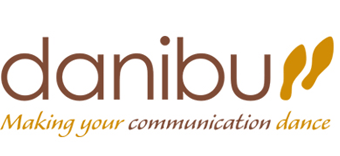Covid-19 hit most companies when their organizational culture still showed a top-down working style: Stylish top management corner offices, employees required to punch in and out for work, and pay checks tied to attendance (rather than performance). Will the quarantine change conservative corporate culture for good?
Actually, The Netherlands, was the first country to revolutionize work and communication practices long before Covid-19 and the concept of the 6-Feet-office.They invented the new, remote way of working – with creative agencies and tech start-ups as early adopters. Some examples of how they replaced Presenteeism by activity-based working:
Virtual ‘check in’
Employees work any time and anywhere: They don’t clock in or out, but start the day by sending a ‘check-in’ photo to an internal app group
Output only
Employees have a personal work plan (results to achieve) and submit daily work reports through apps. Their actual hours worked don’t matter – their discipline does
Around the globe
Employees adopt agile working principles, technology and facilities. They work location-free (being based anywhere in the world) and are part of virtual teams. All documentation needed from “the office” can be accessed without ever going near the building
Email ban
Despite a blurred border between home and work, employees have the right to disconnect: Their company sets its internal servers to not route emails to employees during certain hours/times. The result: Increased staff well-being and health
Travel ban
Travel policies are updated, avoiding travel whenever possible and encouraging virtual meetings
Office space
Open-plan designs and creative spaces replace traditional offices, which nurtures innovative ideas, speed up decision-making and foster cultural change. Some companies install English telephone booths (the iconic red phone kiosks from the UK), allowing personal phone calls. The phone cabins provide oxygen for 1 hour max. (no joke)
Leaders lead
Leaders are assessed annually on how well they support agile working of their teams. This feeds into their bonus. All board members are visible, and have so-called casual collisions with employees anywhere around the building. Perfect internal communication!
Work is a product
“Work” is no longer a place to go to. It’s an activity for a purpose. A “job” is no longer a list of tasks performed by an employee, but a tradeable commodity that is paid by results. To get a piece of work done, companies put out a request on the internet and offer it to an independent contractor or freelancer, who, in turn, bids for work online and gets paid for results.
So – will the quarantine change conservative corporate culture for good?
Yes, I think organizations will be transforming from rigid employers to flexible networks in order to get the best results from people. Look at Twitter or Facebook: They just announced they’ll allow their employees to work from home ‘forever’.


